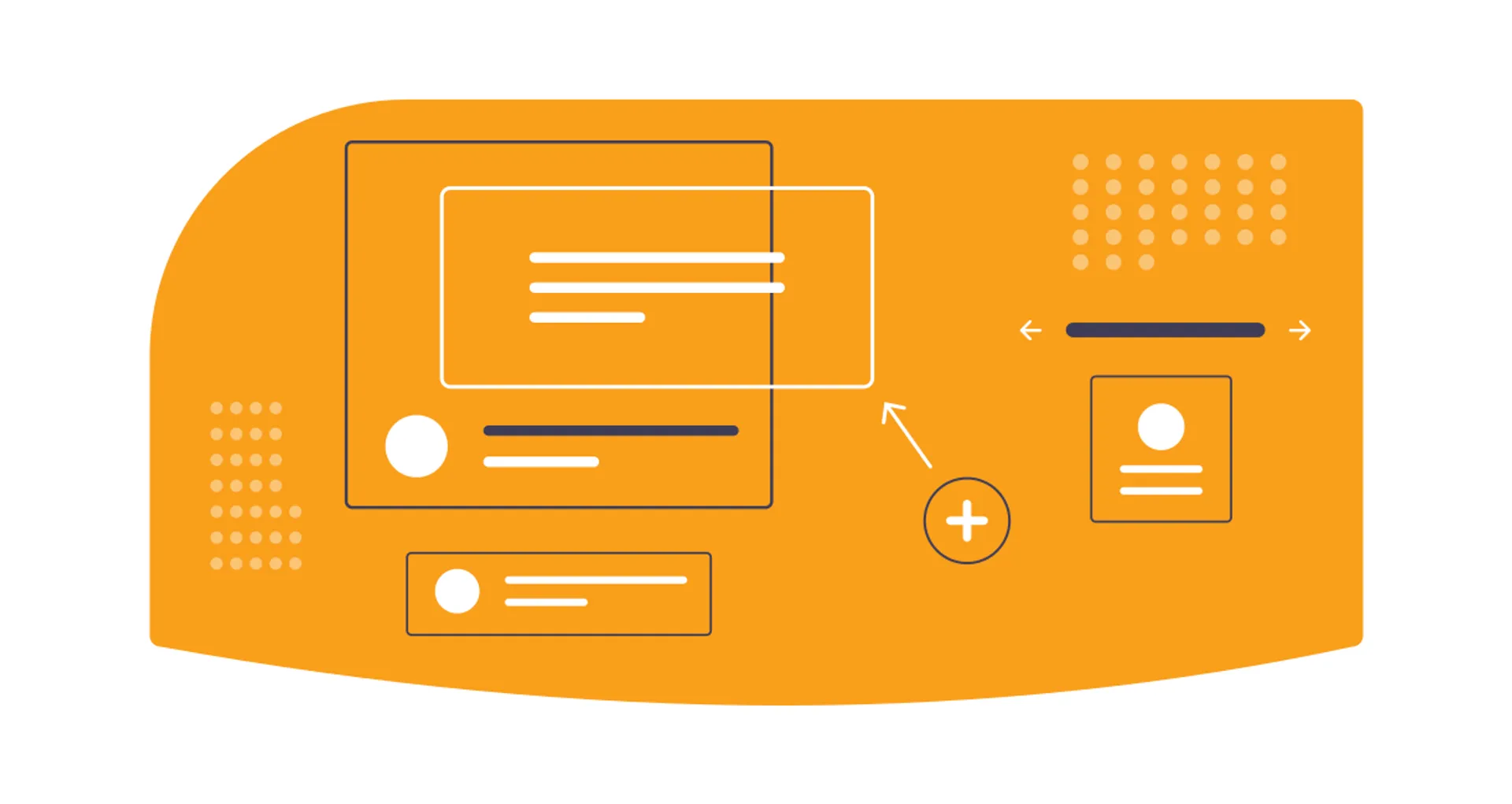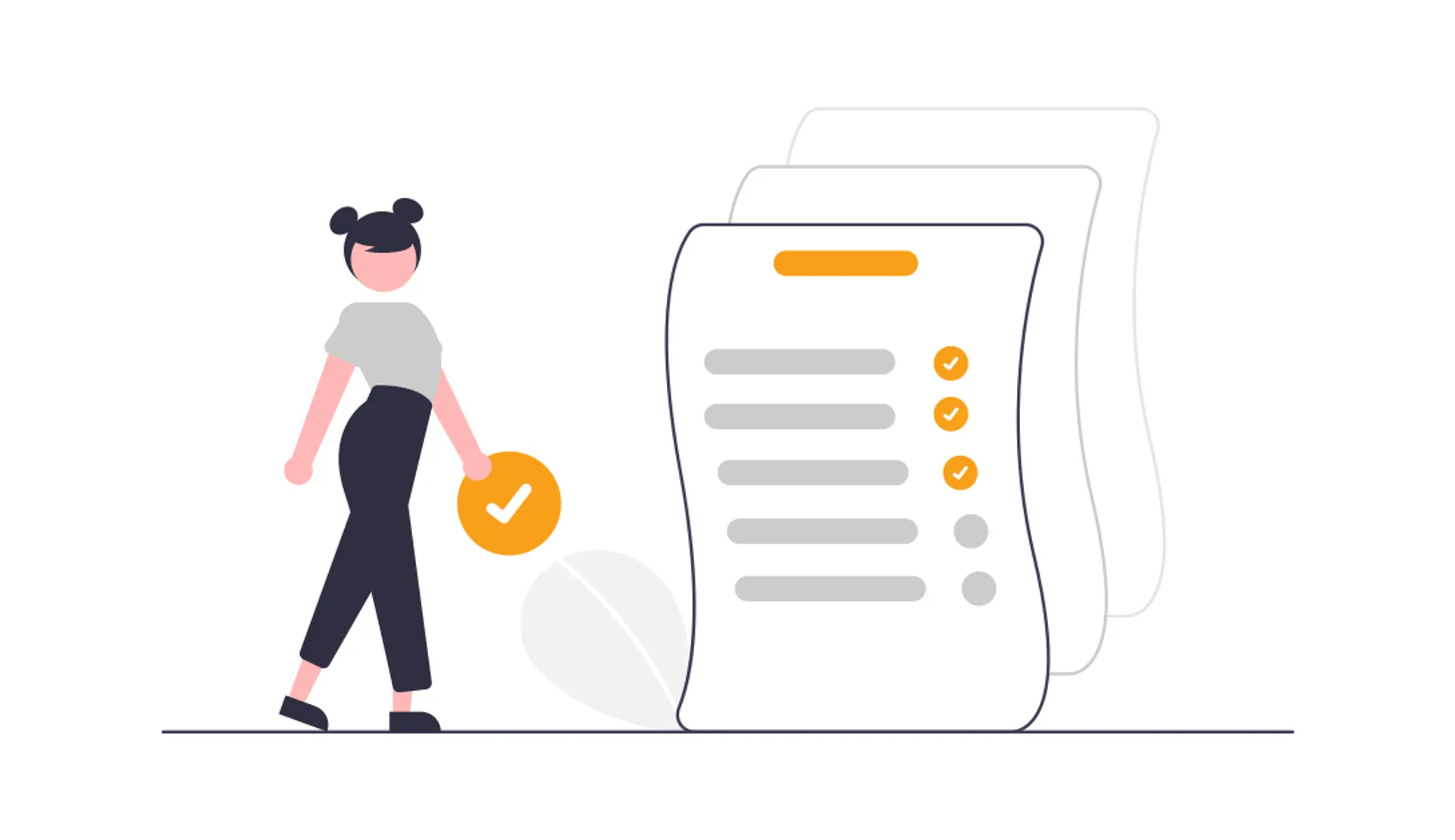Practical project plan for replacing CMS and editorial systems
Many companies eventually face the challenge of their existing editorial or content management system reaching its limits. Content grows, products become more complex, translation requirements increase, and the old system can no longer keep up. The result is rising costs, inefficient workflows, and frustration in the editorial departments.
However, changing systems is not a routine upgrade, but rather a strategic transformation project. In this article, we outline a project plan that has proven itself in many replacement scenarios and show how decision-makers can minimize risks and set the course for a future-proof content architecture.
1. Assessment: Creating Clarity About the Initial Situation
Every migration project begins with a thorough analysis of the current situation. Content management systems are rarely “off the shelf” but are usually heavily customized to the needs of the company. Therefore, the first step is to analyze the existing data in detail: What content is available, what structures does it have, and how consistent is it? Older systems in particular often contain uncontrolled growth, which can cause problems during migration. It is equally important to analyze existing workflows: Where are new products created, how is data maintained, and which departments are involved in the editorial processes? In addition, the output channels must be considered: Are PDFs exported, translation memory systems supplied, content played out in shops or on partner portals?
These questions show which system landscapes need to be taken into account. Finally, a stakeholder analysis should also be carried out: Who works with the system, who is affected, and what roles do editorial, IT, translation, or service play in the future project?
2. Proof of concept or pilot: Realistic tests instead of theory
The analysis is followed by an initial approach to the new system. A proof of concept (PoC) serves to test the functionality in a practical setting without immediately converting the entire organization. Typically, a product group is selected whose content is migrated to the new system. The aim is explicitly not to replicate the old structures 1:1. Instead, the PoC is an opportunity to make overdue adjustments, harmonize data structures, and remove duplicates.
Such a test quickly reveals how the new system performs in everyday use and what adjustments are still necessary. A holistic view of the entire creation and publication process – from data generation to export – is particularly valuable. Content is not only imported, but also output in a target channel, such as PDF or online. This makes it possible to assess whether the data flows from source to publication are working.

PoC vs. Pilot: Differences
A proof of concept (PoC) primarily checks feasibility. Unlike a pilot, it is not intended for further use later on. Content, test data, and configurations are usually discarded at the end so that the actual launch can take place with a clean system.
A pilot project, on the other hand, forms the basis for later implementation and further development. The effort involved is greater because data models, interfaces, and workflows must already be set up in a production-like environment. The advantage is that the data and structures maintained in the pilot can be built upon directly—so you no longer have to start from scratch, as is the case with PoC.

3. Migration and integration: step by step instead of a big bang
Based on the experiences from the PoC, the actual migration follows. A step-by-step approach has proven successful here. First, the existing content is imported on a large scale. It is important not to view this as a one-time action, but to design the process in such a way that regular data imports are also possible. After all, new content is constantly being created in the meantime.
At the same time, the consuming systems are connected – such as e-commerce platforms, websites, or service portals. A critical success factor is parallel operation: for a transitional period, the old and new systems run side by side. However, new content is maintained exclusively in the new system, while the old system still provides the existing data that has not yet been migrated. This avoids duplicate maintenance and at the same time provides a safety net. If problems arise in the new system, it is possible to switch back at short notice.

4. Rollout: Structured introduction instead of chaos
The rollout involves gradually bringing the new system into productive operation. An introduction in clearly defined phases has proven successful – for example, with a specific product range or an additional output channel. Such quick wins quickly demonstrate the benefits and ensure that confidence in the new solution grows.
Training is essential in this phase so that everyone involved can use the new system with confidence. This helps to avoid mistakes and increase acceptance of the new way of working.

5. Risks and stumbling blocks: Know the typical hurdles
Data loss and conversion errors
No matter how well a project is prepared, there are pitfalls that occur regularly. One risk is data loss or conversion errors during content migration. Without thorough validation, gaps often only become apparent years later.
Unclear target architecture
An unclear target architecture is just as problematic: if only short-term symptoms are addressed without following a strategic roadmap, the next problem arises right from the start.
Cost explosion due to feature wish lists
Then there is the risk of cost explosion. This occurs when projects are driven by feature wish lists instead of clearly defined requirements.
Unrealistic expectations
Another risk is unrealistic expectations of the new system's performance. Those who demand too much from the outset often overwhelm not only the budget but also the teams involved.
Delays due to too many functions
A common reason why projects can be delayed is the attempt to implement as many new functions as possible right from the start. If you pack all special requests into the first project phase, you run the risk of never achieving a stable launch.
MVP with a sense of proportion
It is more effective to focus on a so-called minimum viable product (MVP), i.e., an initial version with the core functions that are really necessary to be able to work productively with the system.
It is important to note that an MVP should not be reduced to the absolute minimum. Some quality of life features that make everyday work easier for users should be included from the outset. Not only do they ensure acceptance, but they also contribute to making daily work enjoyable and motivating. A system that is fun to use and offers a positive user experience will be accepted much more quickly. Additional functions can then be added step by step. This approach keeps the project manageable, ensures quick successes, and at the same time strengthens motivation within the team.
6. best practices: Success factors from project experience
Involve stakeholders at an early stage
Recurring success factors can be derived from numerous replacement projects. First of all, the early involvement of all stakeholders is essential - from the editorial team to IT and translation through to the legal department. It is particularly important to involve the editors and content managers as the main users in the project right from the start. They are the daily users of the system and know the challenges in detail. If they can contribute their perspective at an early stage, the quality of the requirements and acceptance during subsequent operation will increase considerably.
Use a proof of concept or pilot project
Another key recommendation is the proof of concept or a pilot project. They are the least risky instrument for eliminating uncertainties at an early stage. By working with real data within a limited framework, weak points can be identified quickly without affecting entire departments. They create transparency, reduce anxiety in the team and prevent problems from only becoming visible after the go-live.
Focus on data model and phased introduction instead of big bang
A phased introduction has also proven its worth: Small steps with visible successes keep motivation high and make the transition easier. Particular attention should be paid to the data model. A clean, media-neutral content model pays off in all processes in the long term. Finally, it is advisable to pay attention to modern architecture principles as early as the system selection stage. Headless and API-first approaches facilitate integration, modularization and future extensions.
Conclusion
Replacing an editorial system or CMS is much more than just a software change. It is a transformation project that affects data, technology, processes, and organization in equal measure. Those who take a systematic approach—from taking stock to a proof of concept or pilot to migration and rollout—not only create a new system, but also lay the foundation for the years to come.
The key to success is striking a balance between technical feasibility and organizational acceptance, and between short-term successes and long-term strategy. If this balance is achieved, a difficult replacement project becomes a real opportunity for modernization and increased efficiency.

